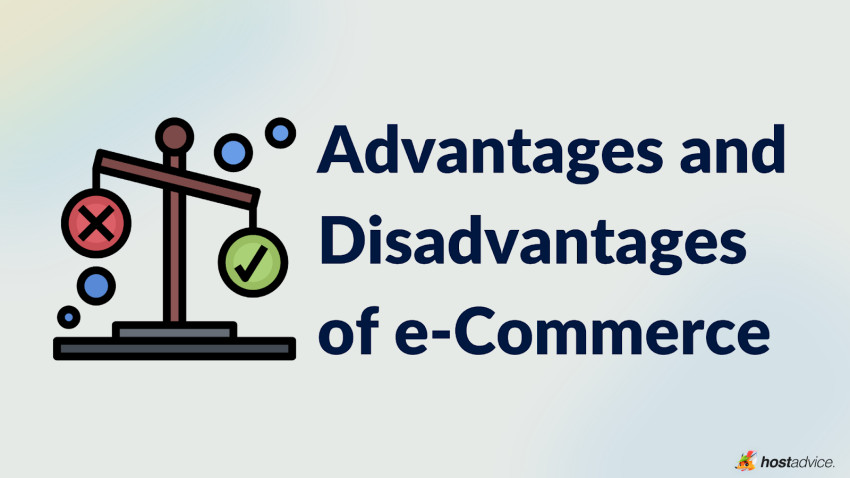
A large number of smaller consumer enterprises only offer their items online. Running a business entirely online is more economical, and companies can target potential clients more precisely thanks to developments in digital advertising technologies. Entrepreneurs can decide if operating an e-commerce firm is good for them by knowing its benefits and drawbacks as many e-commerce stores in the world working well in this field. In this article, we will explore the advantages and disadvantages of e-commerce in detail for your easiness.
Advantages of Online Shopping
E-commerce has many advantages, such as round-the-clock accessibility, quick access, a large selection of products and services, ease of use, and global reach.
Accessibility.
E-commerce websites are accessible around the clock, allowing users to explore and shop whenever they choose, barring planned maintenance and outages. Brick and mortar establishments often have set hours of operation and occasionally close completely.
The rapidity of access.
Crowds in a physical store can slow down customers, but computing and bandwidth constraints on both the consumer device and the e-commerce site ensure that e-commerce sites load rapidly. Websites for products and shopping carts load in a matter of seconds or less. A quick few clicks can complete an e-commerce transaction in less than five minutes.
Broad accessibility.
The original tagline for Amazon was "Earth's Biggest Bookstore." Because it was an online retailer rather than a physical store that had to stock every book on its shelves, it was able to make this claim. Through e-commerce, firms can provide a large selection of products, which are subsequently dispatched from one or more warehouses following a transaction. Clients will probably find it easier to get what they desire.
Simple to get to.
It could be challenging for customers looking in a physical store to find a specific product. Users of the website can instantly locate the product by using the search function and real-time browsing of product category pages.
worldwide outreach.
Customers that physically visit brick and mortar establishments are the target market for these firms. Businesses can sell to anybody with internet connection through e-commerce. A company's consumer base may grow as a result of e-commerce.
lower price.
The expenses associated with operating physical storefronts, such as rent, inventory, and cashiers, are avoided by pure play e-commerce companies. However, they might have to pay for shipping and warehousing.
Recommendations for products and personalization.
Online stores are able to monitor a user's browsing, searching, and purchasing activities. They can gain insights into target markets and offer tailored product recommendations using this data. Some instances of this are the sections on Amazon product sites that say "Frequently bought together" and "Customers who viewed this item also viewed."
Disadvantages of online shopping
Customer's inability to feel or touch products before making a purchase, occasionally poor customer service, and long shipping delays are among the alleged drawbacks of online shopping.
Poor client support.
In a physical store, patrons can seek assistance from a clerk, cashier, or store manager if they have any questions or concerns. Customer service in an e-commerce store may be limited: the website might only offer assistance during particular times, and its online service choices might be confusing or unanswerable to certain queries.
limited knowledge of the product.
A webpage's photos can give you a good idea about a product, but nothing compares to actually using the object—for example, picking up a guitar, evaluating a television's picture quality, or trying on a shirt or outfit. Online shoppers may purchase items that are not what they expected and need to be returned. There are instances where the cost of returning an item to the shop is borne by the customer. It is anticipated that augmented reality technology would enhance consumers' capacity to inspect and test e-commerce goods.
Hold time.
Customers pay for a product in a store, take it home, and leave. Customers who shop online have to wait for their products to be dispatched. While same-day and even next-day delivery are becoming more typical, shipping windows are still not immediate.
Protection.
Hackers with experience can construct websites that look real and purport to sell well-known goods. Rather than that, the website either delivers consumers phoney or counterfeit replicas of such goods or just steals credit card information. Risk exists on legitimate e-commerce sites as well, particularly when users save their credit card details with the merchant to facilitate repeat purchases. Threat actors might steal that credit card information if the retailer's website is compromised. A retailer's reputation may be harmed by a data leak.



